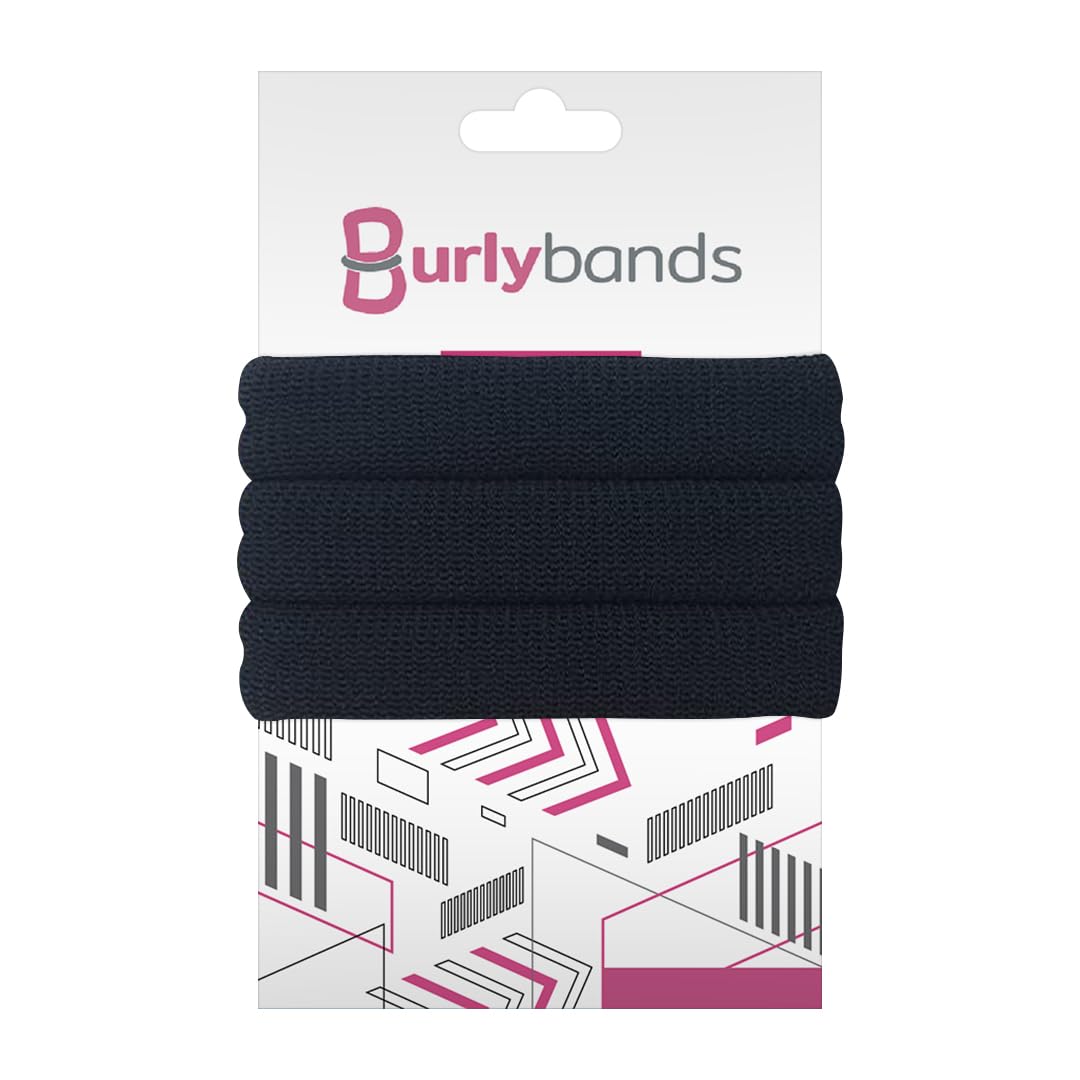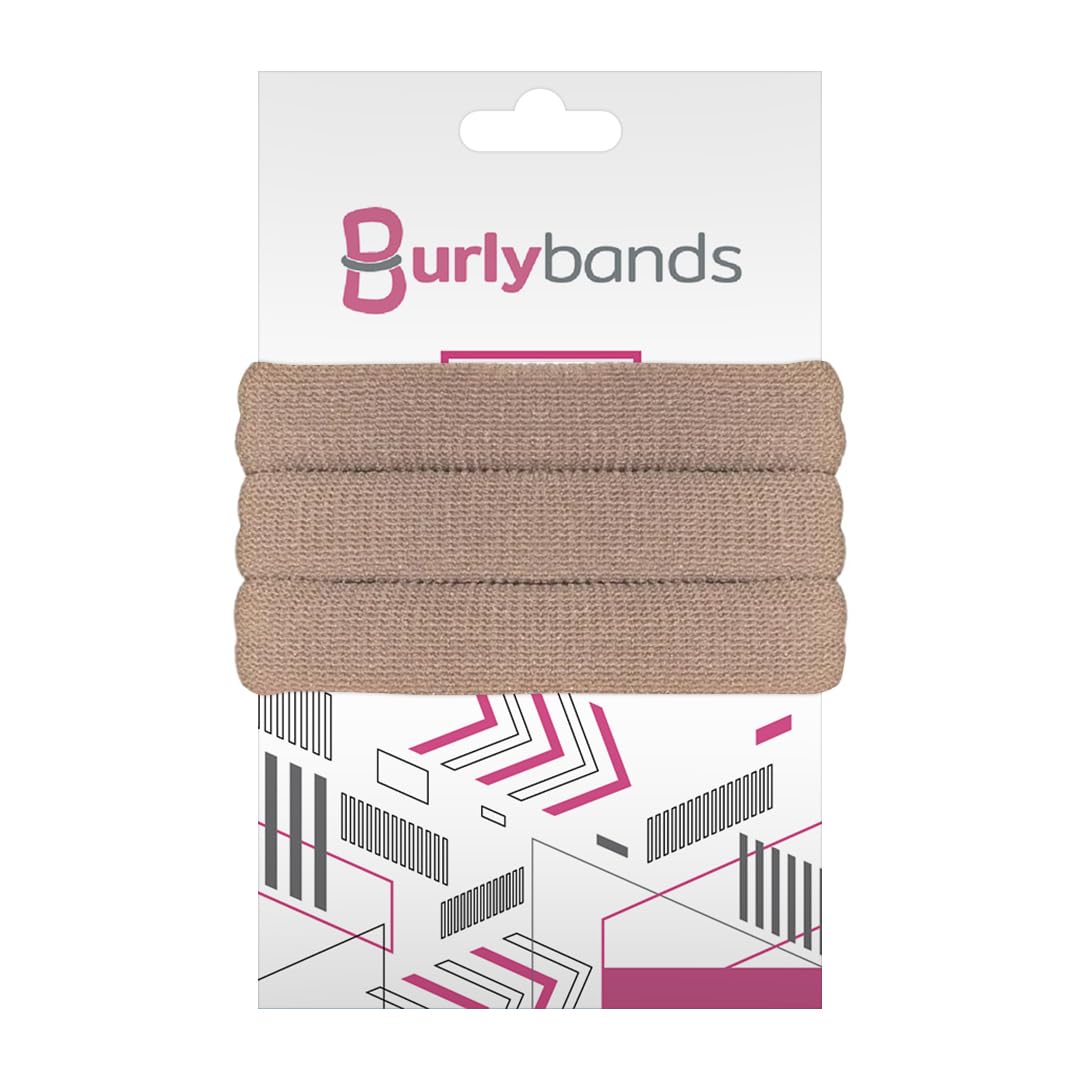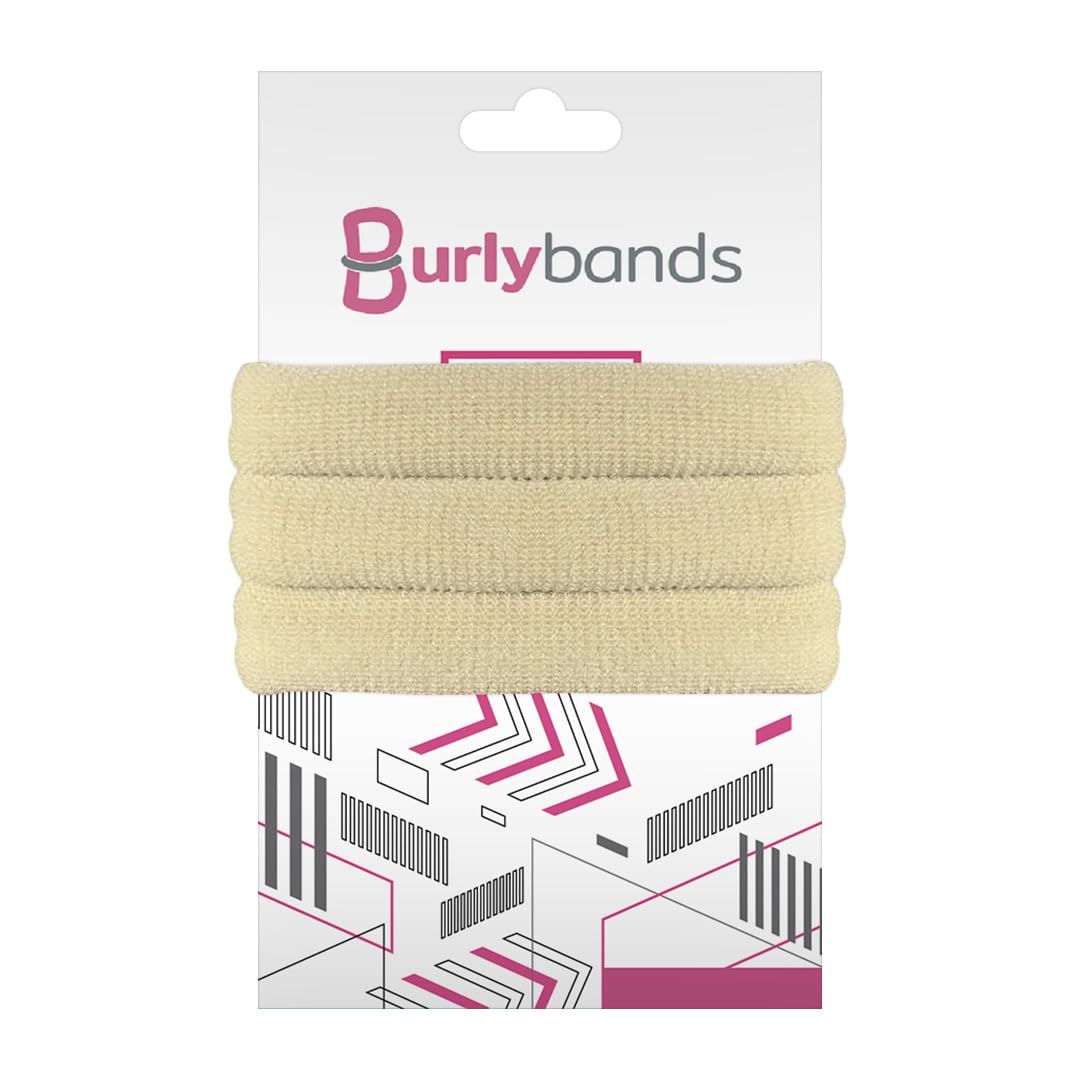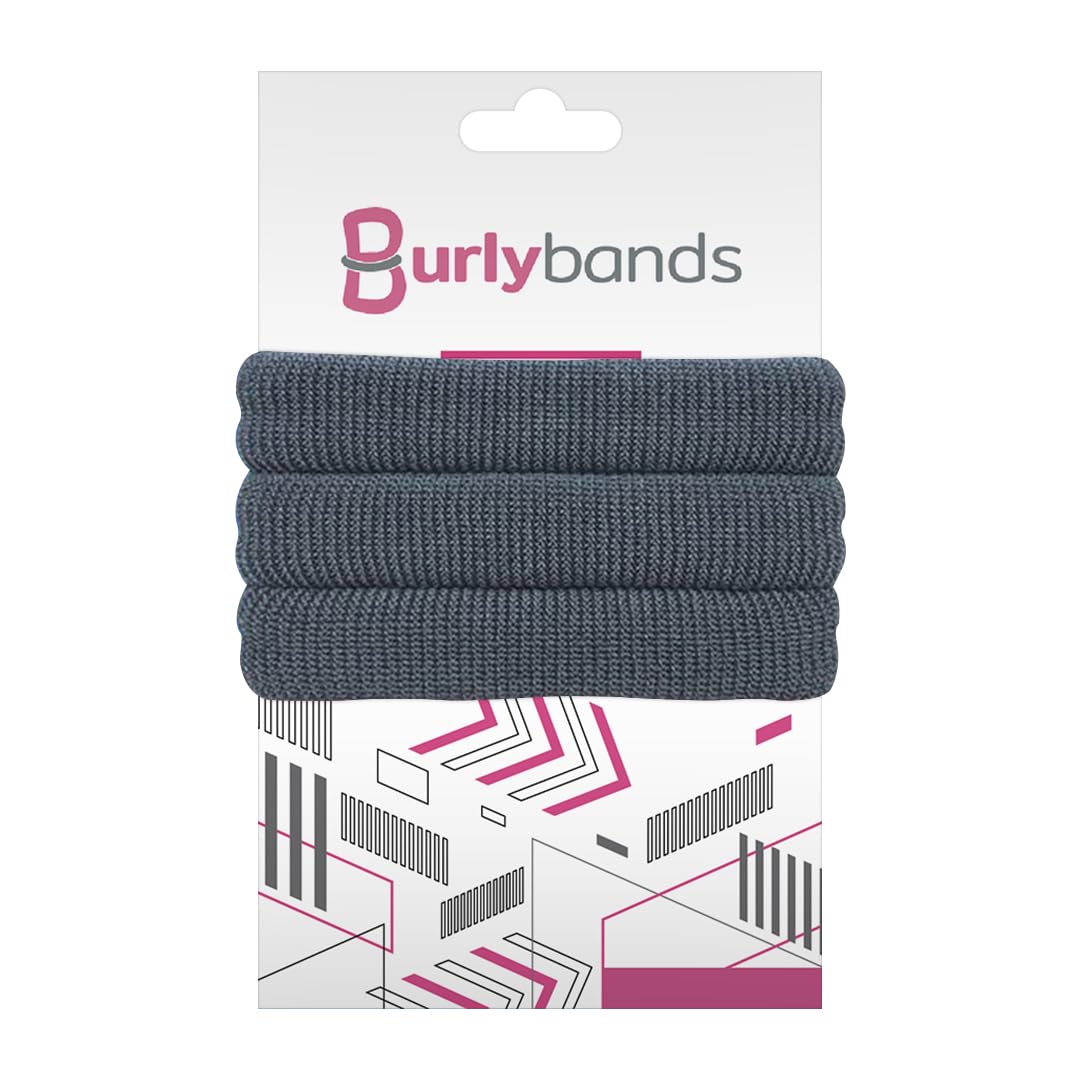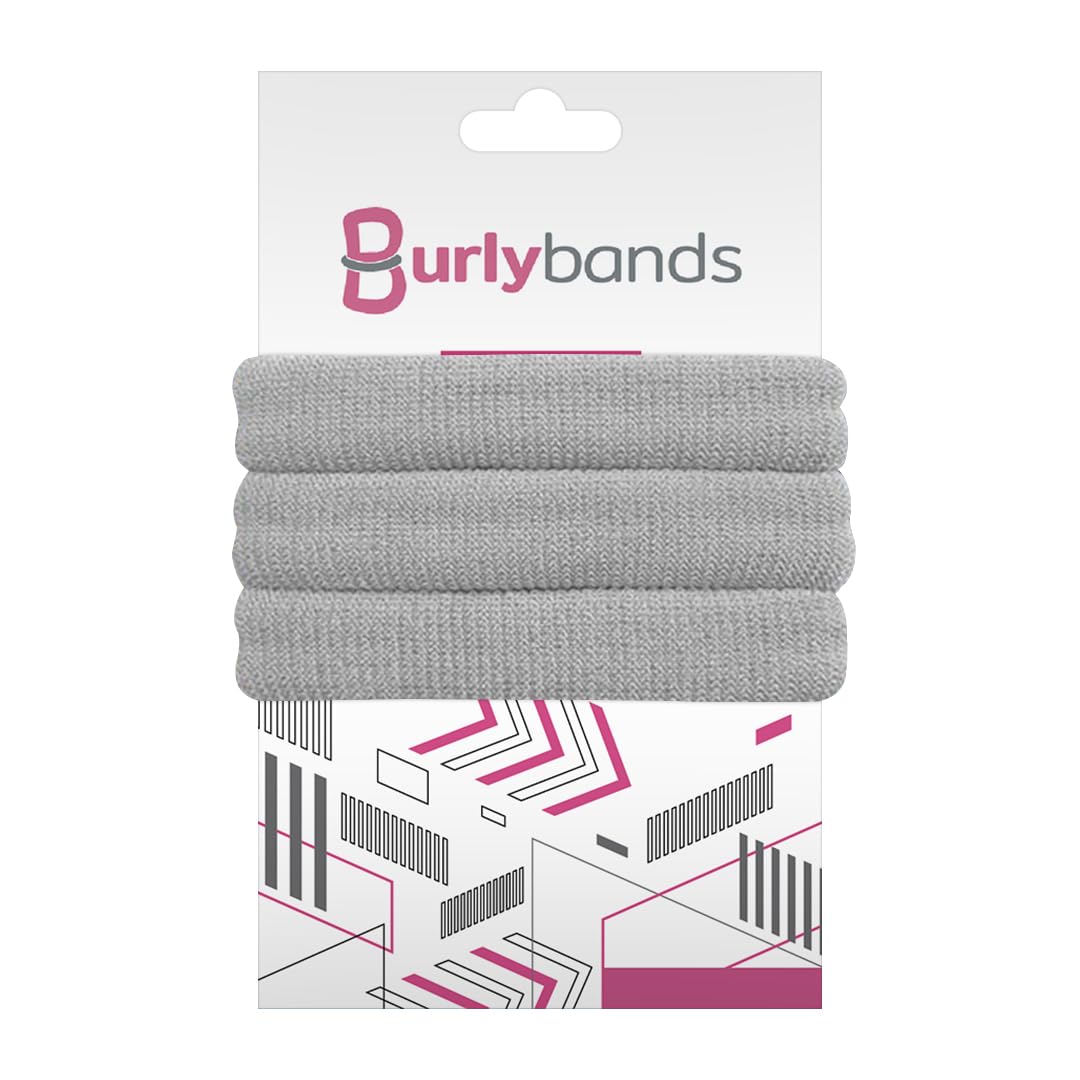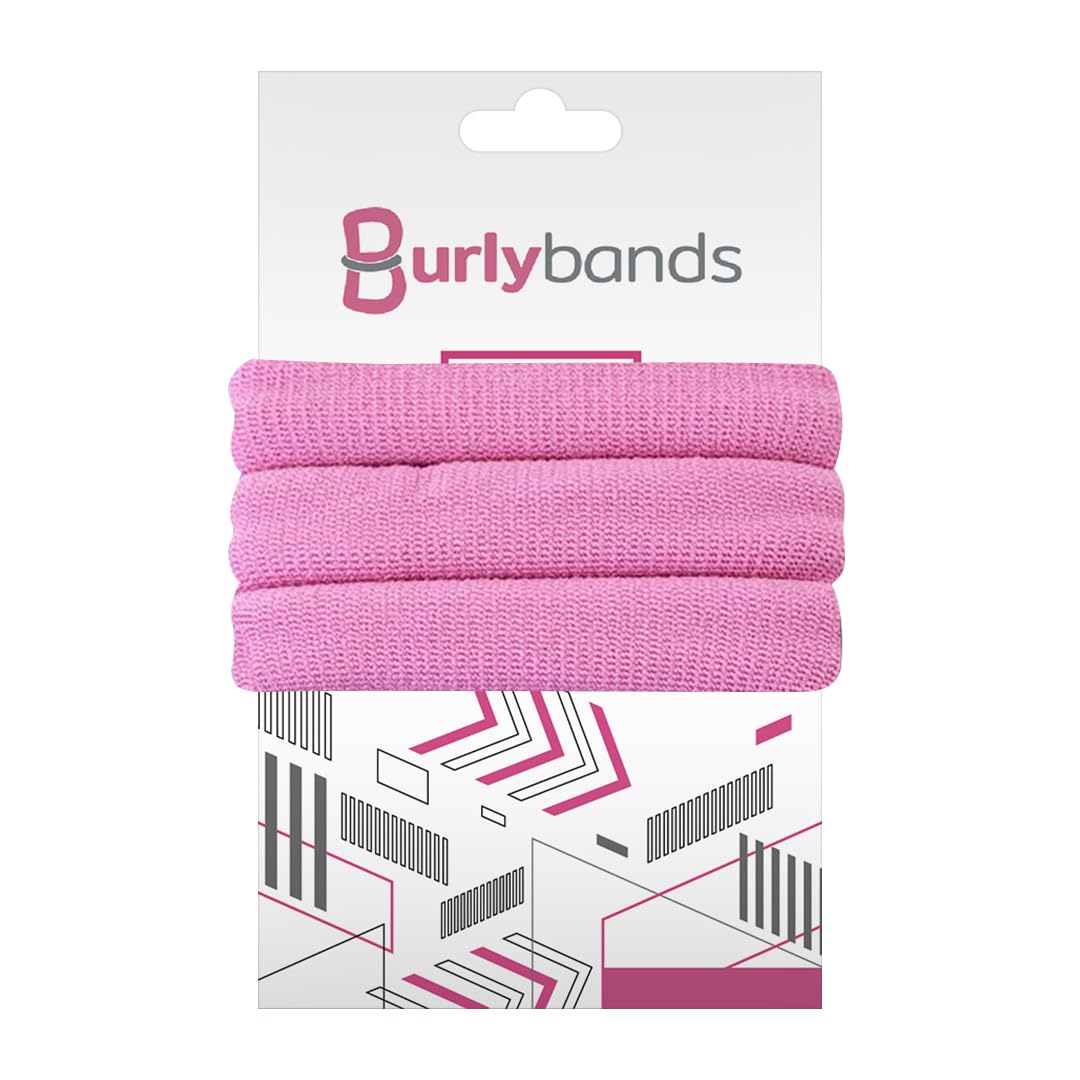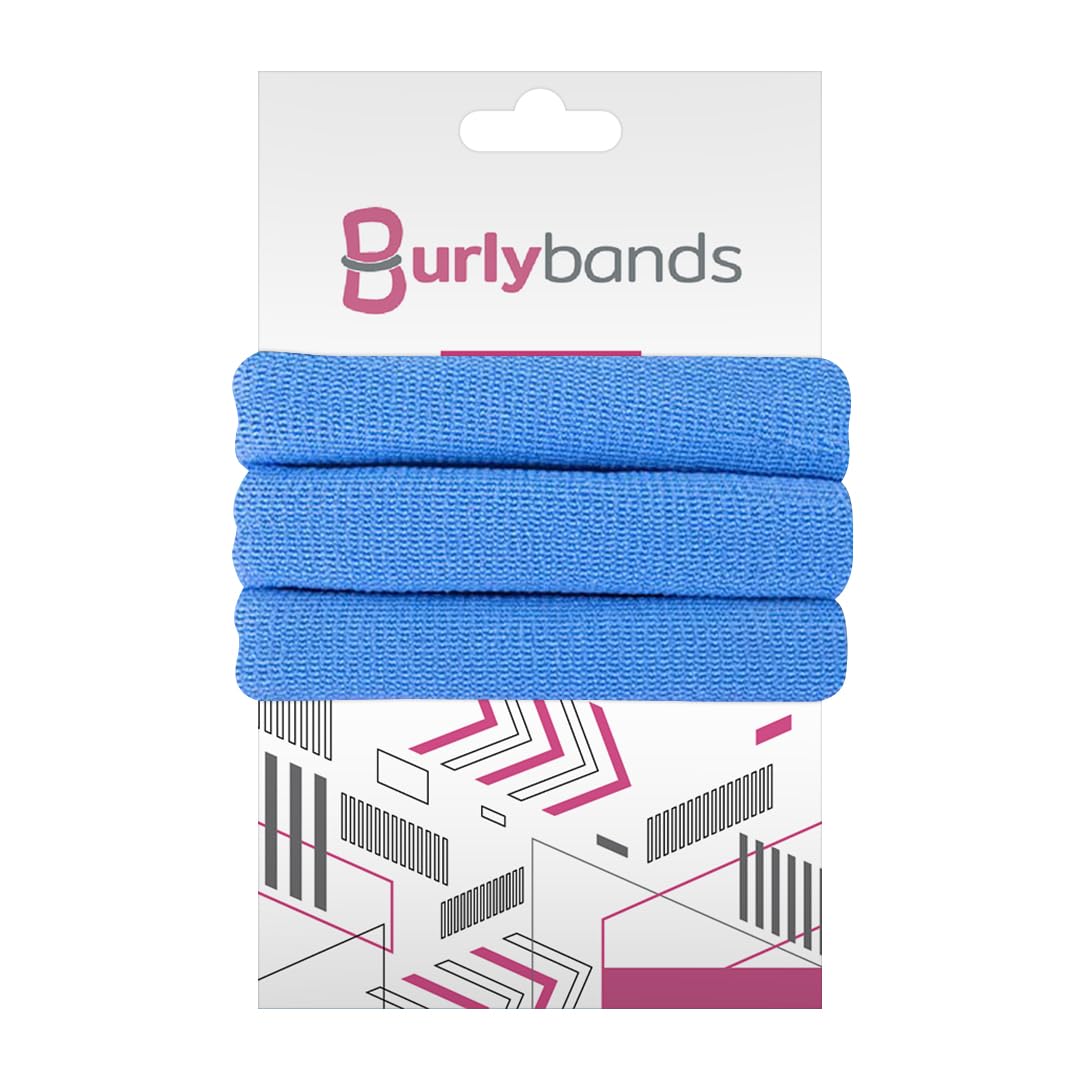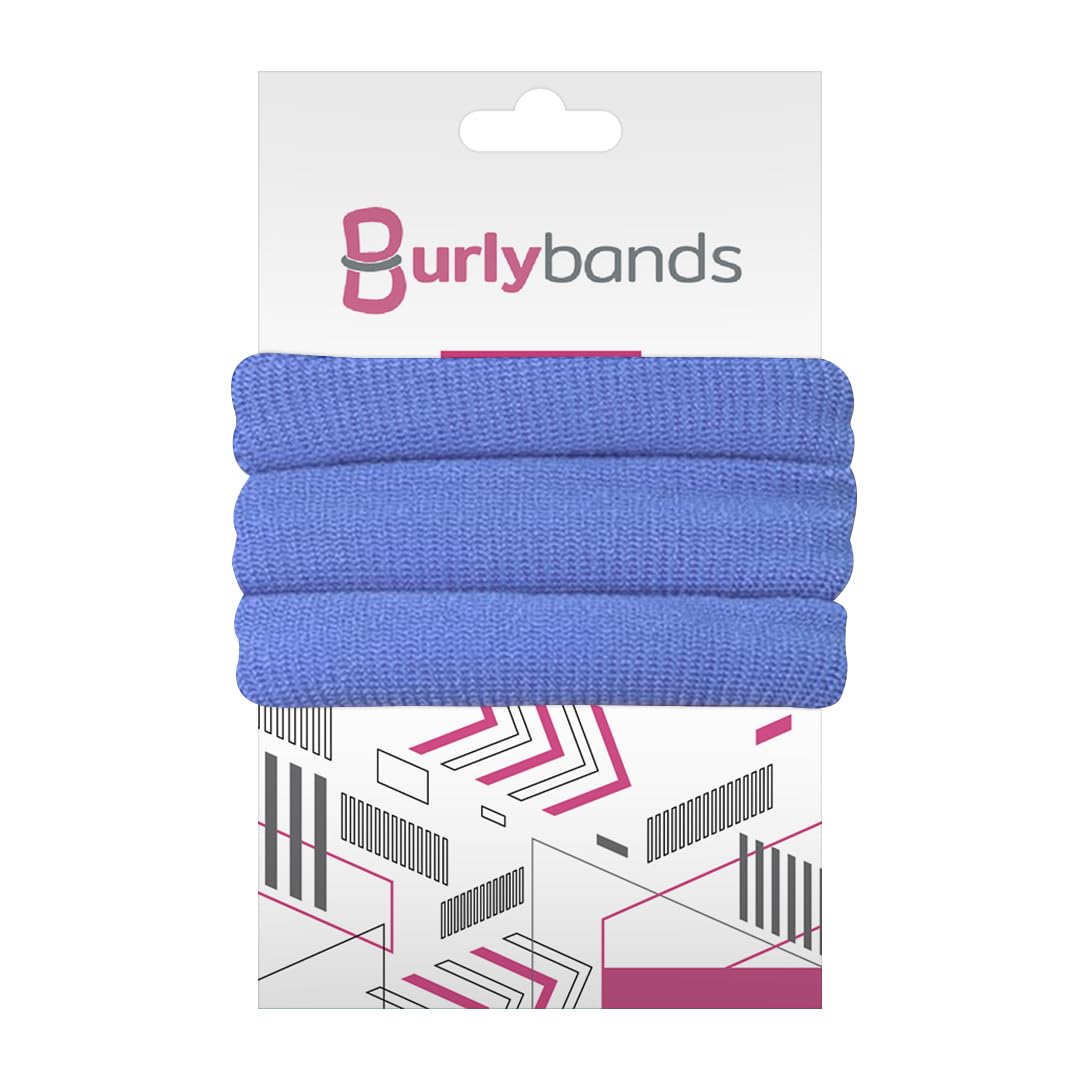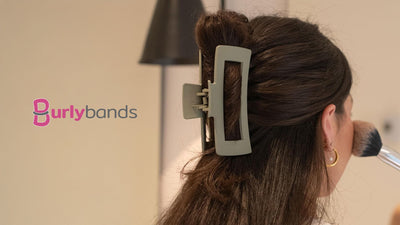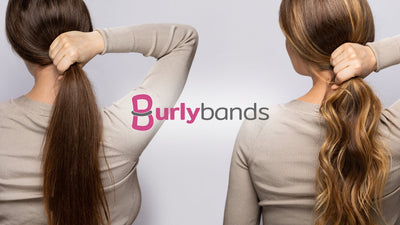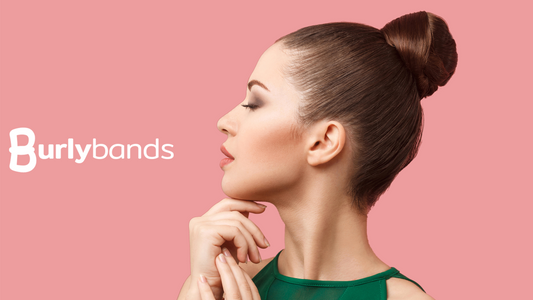Hair ties, the underrated heroes in the world of hair accessories, hold a special place in our everyday lives. They help manage our locks, keeping them in place and allowing us to go about our daily activities with ease. But here’s a question - are there different types of hair ties? Absolutely! There are several varieties, each uniquely designed to cater to various needs and hair types. In this blog, we will explore the diversity and functionality of different hair ties available in the market.
What Are the Different Types of Hair Ties
Credit: Envato Elements/ Rawpixel
Scroll down below to find out the different types of hair ties and whether they will suit your hair type:
1) Elastic Bands
Let’s begin with the most common type - the elastic hair band or ponytail holder. These are the conventional, go-to options for many. Elastic hair ties are versatile, allowing you to create a range of hairstyles, from a simple ponytail to a more complex braid. They come in various sizes and thicknesses, making them suitable for different hair lengths and volumes.
2) Silk Scrunchies
Next in line are scrunchies, the plush, fabric-covered elastics that have made a significant comeback from the 90s. Not only are they fashionable, but they are also gentle on the hair, preventing breakage and tangling. Their soft material allows for a secure grip without being too tight, making them ideal for thin hair.
3) Spiral Hair Bands
Spiral hair ties, also known as coil hair ties, are a modern, stylish alternative. Their unique spiral design ensures a firm hold without leaving any creases in the hair. These are particularly beneficial for individuals who wish to maintain the natural texture and appearance of their hair throughout the day.
4) No-Slip Grips
Designed primarily for active individuals, no-slip grip hair ties offer maximum hold, preventing the hair from falling loose during physical activities such as exercising or running. They are made with materials that ensure the hair stays in place, allowing for a hassle-free, active routine.
5) Loop Hair Ties
Loop hair ties, also known as toggle hair ties, come with an adjustable toggle that helps in customizing the tie’s tightness. This feature makes them ideal for various natural hair types. The user-friendly adjustment prevents unnecessary hair stress, reducing the chance of headaches.
6) Bow Hair Ties
Bow hair ties bring a decorative element to your hairstyle. They usually come attached to a regular elastic band and are adorned with a bow, making them suitable for adding a feminine touch to ponytails and buns.
7) Bobby Pins and Barrettes
While not exactly hair ties, bobby pins and barrettes play a significant role in hair management. They help in securing hairstyles, holding them firmly in place. They are also perfect for managing stray hairs and adding a finishing touch to various hairstyles.
8) Snappee Hair Ties
Snappee hair ties are a relatively new entry to the hair accessory market, but they've quickly gained popularity due to their unique design and functionality. Unlike traditional hair ties, these ties come with a snap-off feature, allowing users to wrap them around the hair and then simply snap them off without having to pull them out, reducing hair breakage and tangling. They are ideal for thicker hair types.
Factors to Consider When Choosing Hair Ties
Credit: Envato Elements/ SkloStudio
Choosing the right hair tie is essential, and there are several factors that you should consider to make the best choice for your needs and hair type. Let’s discuss these factors in detail to guide you through the selection process:
1) Hair Type
Different hair ties suit different hair types. For thick hair, consider more robust and wider bands that can manage and hold the volume. For fine hair, softer, more gentle ties such as scrunchies or spiral hair ties would be more suitable to prevent breakage.
2) Purpose
Consider what activity you will be doing when wearing the hair tie. If it's for a vigorous activity like sports, no-slip grip hair ties might be the best choice. For daily wear or less strenuous activities, elastic bands or scrunchies may be more appropriate.
3) Comfort
Choose hair ties that ensure comfort. Too tight bands can lead to headaches and hair breakage. On the other hand, very loose ties might not hold the hair effectively. Find a balance that ensures your hair is held firmly without causing discomfort.
4) Material
The material of the hair tie is crucial for maintaining hair health. Opt for hair ties made from soft materials that reduce friction and prevent hair breakage. Scrunchies and spiral hair ties are excellent examples of hair-friendly materials.
What to Avoid When Using Hair Ties
Credit: Envato Elements/ anelehbakota
Hair ties are fundamental tools for managing and styling hair, but their misuse can lead to hair damage or discomfort. Here are some tips on what to avoid when using hair ties to maintain the health and beauty of your hair:
1) Avoid Using Hair Ties on Wet Hair
When you tie wet hair with a hair tie, you are applying tension to it, and this can lead to damage. Additionally, leaving wet hair tied up for extended periods can also prevent it from drying evenly, potentially leading to other hair issues like dandruff or fungal growth. If you need to tie your long hair while it's wet, opt for a loose tie and use a soft, absorbent material like a scrunchie to minimize damage.
2) Too Tight Styles
Avoid tying your hair too tightly. Doing so can cause tension on the scalp, leading to headaches, hair breakage, and hair loss over time. Allow for a snug fit that keeps hair in place without causing discomfort or pulling.
3) Repetitive Use in the Same Area
Try not to tie your hair in the same spot repeatedly. Doing this can cause wear and tear on that particular section of hair, making it more susceptible to breakage and damage.
4) Sleeping With Tight Hair Ties
It's best to avoid sleeping with tight hair ties as it can cause hair stress and breakage. If you prefer to keep your hair tied while sleeping, consider using a soft scrunchie or a specially designed nighttime hair tie that minimizes hair tension.
Summary
The world of hair ties is indeed varied, each type serving a unique purpose, ensuring that there’s something for everyone When choosing the perfect hair tie for your hair type, always consider the thickness, length, and texture of your hair, as well as the comfort and style you aim to achieve. Happy styling!
Are you looking for the best hair ties for thick hair? Check out Burlybands - the ultimate thick hair tie solution! Specially designed for luscious locks, Burlybands ensure a strong grip without the pull. Shop with us today.
 Log in
Log in





